Rimage Data Lifecycle Management
A full suite of solutions for your business
Enterprise Laser Storage
 A solution that provides companies with a high-capacity, tamper-proof method to store, archive, and preserve important organizational data so that it is impossible to delete, impossible to re-encrypt, impossible to infect, and truly immutable.
A solution that provides companies with a high-capacity, tamper-proof method to store, archive, and preserve important organizational data so that it is impossible to delete, impossible to re-encrypt, impossible to infect, and truly immutable.
Rimage Protection Shield
 Malware, ransomware, insider threats … because the list of potential cybersecurity threats continues to grow, it’s not a matter of if your company will suffer from a cyberattack, it’s a matter of when…
Malware, ransomware, insider threats … because the list of potential cybersecurity threats continues to grow, it’s not a matter of if your company will suffer from a cyberattack, it’s a matter of when…
SOPHIA
 The digital asset management solution that will simplify your approach to global data management and preservation.
The digital asset management solution that will simplify your approach to global data management and preservation.
Phases of data lifecycle management
Our digital asset management solutions allow organizations to seamlessly gather & ingest digital assets from various devices onto multiple storage platforms.

Ingest
Bring in data from any source.

Access & Share
Advanced AI-powered searchability.

Store & Preserve
Ensure data integrity, privacy, and compliance with robust data governance features.

End of Life
Destroy data to any number of predefined levels.


 “
“
“We’re not only managing our clients’ information from our technology platform, but we’re also managing it from an integrity standpoint. Our clients see offline and air gapped backups as another safety check in their compliance, insurance and business continuity requirements to meet current and new government compliance needs.”
- Eric Power Director of Strategic Initiaitves “
“
“Our clients have saved countless hours and millions of dollars by having an offline version of their data available when they experience a cyber attack.” View PDF
- Joel Ronning Chairman of Datamyte
 Innovation as a Service | Compute Soutions for Today’s Challenges
Innovation as a Service | Compute Soutions for Today’s Challenges

